Kobumaki is a cherished Japanese dish made by delicately wrapping fish in kelp and slow-cooking it in a flavorful broth. . Whether you’re new to Japanese cuisine or a seasoned fan, exploring the story and flavors of kobumaki offers a fascinating glimpse into Japan’s culinary heritage. Read on to discover more about its origins, preparation, and cultural importance.
What is Kobumaki?

Kobumaki (昆布巻き) is a traditional Japanese dish wrapped fish, often herring, in kombu (kelp) and tying it with kanpyo (dried gourd strips) before simmering it in a savory, slightly sweet soy-based broth. The word “kobu” sounds similar toyorokobu , meaning “to rejoice” in Japanese, making kobumaki a symbol of happiness and joy. Locals traditionally made this with soft Hidaka kelp, known for its tender texture and low fiber content. Hidaka kelp, harvested from the Hidaka region of Hokkaido suited for kobumaki because it’s easy to wrap around fish or vegetables without becoming tough. While originally popular in specific regions, kobumaki has now become a common dish nationwide, especially as part of osechi ryori for New Year’s celebrations.
Kobumaki History

Kobumaki, a well-known Japanese dish of fish such as herring or salmon wrapped in kelp, has its roots in Hokkaido, one of Japan’s top kelp-producing regions. Hokkaido supplies nearly 90% of Japan’s kelp, with soft Hidaka kelp—low in fiber and harvested from the Hidaka region—favored for kobumaki. The history of kelp dates back to 797, mentioned in Shoku Nihongi. Trade routes introduced Hokkaido kelp to Honshu during the Kamakura period, expanding its distribution through Echizen Province to Kyoto and Osaka by the Muromachi period. The Edo period saw further growth in kelp fishing and trade along the Kitamae-bune route, with Hokkaido’s abundant herring and salmon inspiring the creation of kobumaki, which later became a staple in osechi ryori, Japan’s New Year’s feast.
Occassions and seasons to eat Kobumaki

Locals eat konbu during New Year celebrations in Japan, as it carries auspicious meanings associated with the Japanese word yorokobu, meaning “to rejoice.” It signify wishes for youth, longevity, and prosperity of descendants, making konbu a favored ingredient in special occasion dishes. Similarly, herring, used in konbumaki (kelp rolls), is also popular as auspicious. Hokkaido’s herring preservation tradition symbolized family survival, with “nishin” representing fertility and prosperity in winter cuisine. Konbumaki, made from dried herring fillets, remains a cherished part of New Year’s osechi cuisine, embodying cultural resilience.
Characteristics of Kombu Rolls by Region
- Hokkaido
- Traditional kombu rolls made with dried herring are famous.
- Grilled chika, salmon head and shishamo are also used.
- Hokuriku region
- Thick rolls that are hearty and allow you to fully enjoy the flavors of kombu and fish.
- In Fukui Prefecture, people make kombu rolls as a New Year’s dish, cutting them into rings to symbolize wishes for prosperity.
- Toyama Prefecture
- Has the highest consumption of kombu in Japan, and unique kombu rolls are famous.
- Kombu-maki kamaboko”, a fish cake with kombu rolled into a spiral, is characteristic.
- Other regions
- Ingredients vary by region and taste, including seafood, meat, and vegetables.
- In some regions, kombu rolls refer to those wrapped only with kombu and kanpyo.
Kombu rolls originated in Hokkaido, spreading across Japan through Kitamaebune ships’ trade, with each region adapting unique characteristics.
Preparation and How to eat?
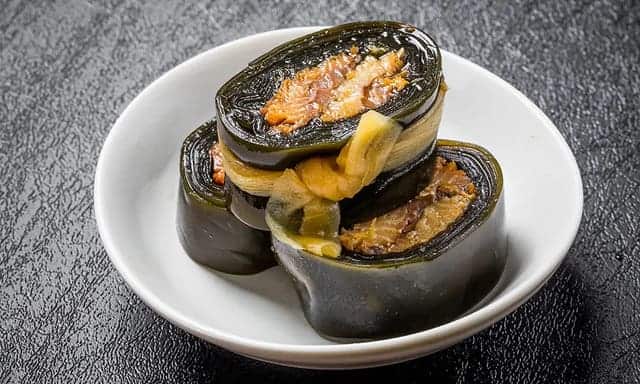
To prepare kobumaki, the kelp and dried gourd strips are first soaked in water to soften them. Kobumaki is a traditional Japanese dish of fish wrapped in kelp, simmered in a sweet and savory sauce. The preparation involves carefully selecting fish like salmon or herring and tying it in softened kelp using gourd strips before cooking. Regional variations include using different types of fish such as shishamo, smelt, or whiting, reflecting local culinary traditions.
Summary

Kobumaki is not only a delicious and flavorful dish but also a symbol of Japan’s rich culinary traditions and seasonal celebrations. If you find yourself in Japan, don’t miss the chance to try authentic kobumaki—whether from a traditional shop or during a special osechi meal. It’s a wonderful way to taste a piece of Japan’s history and tradition firsthand.
You can try out other Osechi dishes we recommend below that will make you know more about Japan’s culture.






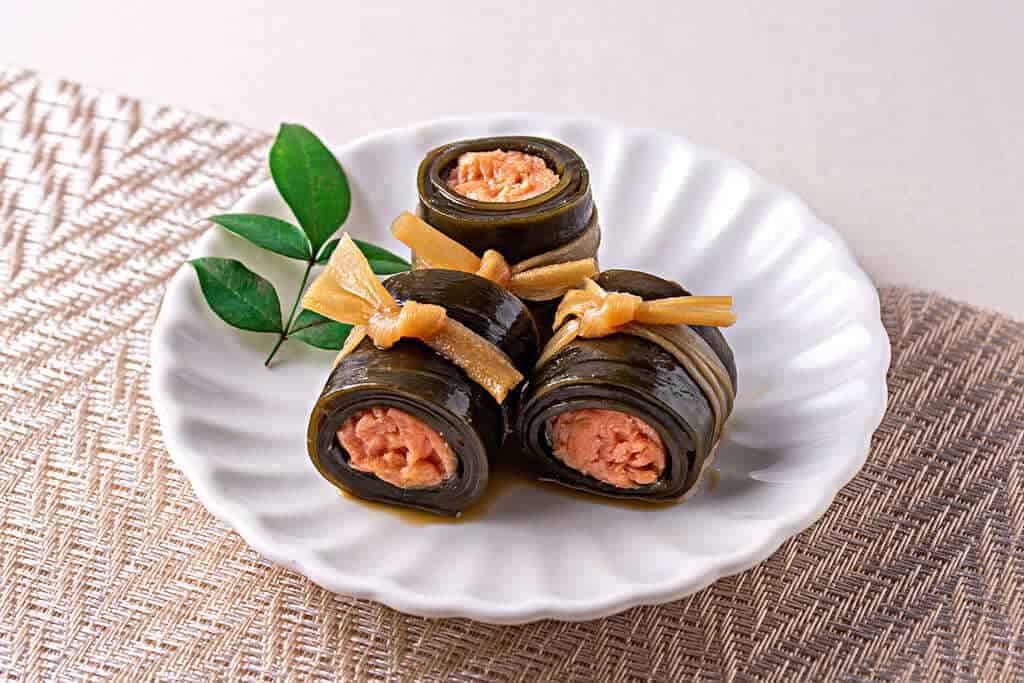



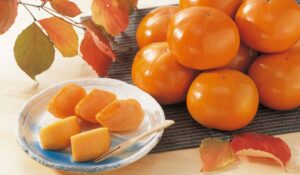
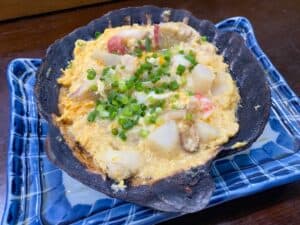

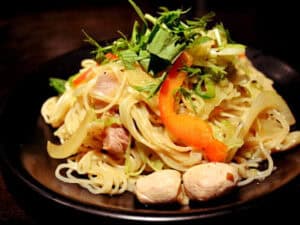


Comments